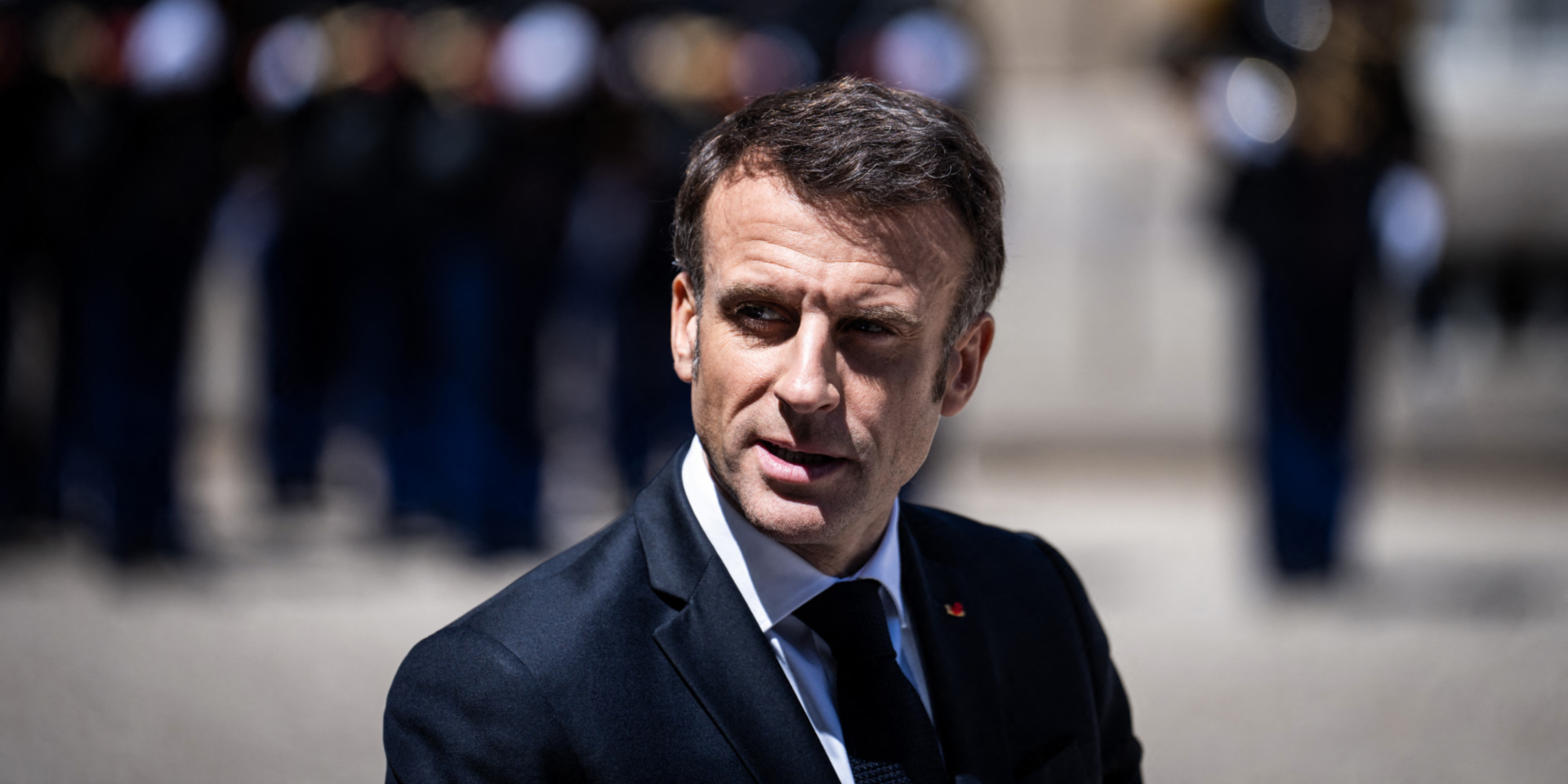Emmanuel Macron will announce a series of measures on Friday to develop the “zero emission” plane, in particular via biofuels, during a visit to the aeronautical engine manufacturer Safran, the Elysee Palace said on Thursday. He will first meet the main leaders of the sector (Airbus, Safran, Thalès, Dassault, Air France KLM, Aéroports de Paris, etc.) around a dinner Thursday at the Elysée.
Strengthening industrial and technological sovereignty
The Head of State will also go to the Paris Air Show on Monday, a major biennial aeronautics festival canceled in 2021 due to the Covid-19 pandemic and which will be placed this year under the sign of decarbonization. This sequence is part of a series of presidential announcements on the strengthening of the industrial and technological sovereignty of France, from the reinstallation of the production of drugs to the development of artificial intelligence.
In this context, Emmanuel Macron will visit the Safran group site in Villaroche in Seine-et-Marne, 50 kilometers from Paris, on Friday morning, where he will make “strong” announcements on state support for the decarbonization of the sector. , said the presidency, recalling that the airlines have committed to carbon neutrality by 2050.
“Inventing a green plane in France and Europe”
“France and Europe must position themselves in the competition between large blocks” (China, United States, etc.) which is looming on the market for carbon-free aircraft, capable of integrating 100% biofuels”, underlines an adviser “We must manage to invent in France and in Europe a green plane”, with electric propulsion, hydrogen or with sustainable fuels produced from biomass or synthetic molecules, he adds, recalling that kerosene is “100% imported”.
Produced from used oils, wood residues or algae, sustainable fuels (SAF) can be used in addition to kerosene in current aircraft, but their production is still in its infancy. Synthetic fuels or e-fuels combine hydrogen – produced from carbon-free sources such as renewable energies or nuclear power – and CO2 captured in the air or in industrial fumes.
4.5 billion passengers transported in 2019
It is also necessary to design “aircraft and engines that will consume less”, notes the presidency, recalling that consumption per passenger transported has already been divided by five since 1960, by two since 1990 and must still drop by “20 to 30%” . This means lightening the planes with new composite materials as well as new aircraft and engine architectures.
The air sector transported 4.5 billion passengers in 2019, before the Covid crisis, a level which it should almost regain this year and which could double by 2050.
